Shop Now
Water You Can Trust.
Results You Can Taste.
AquaTru removes what most filters miss - Forever Chemicals (PFOA/PFOS), Microplastics, Lead, and more.

4-Stage Reverse Osmosis Technology

Removes 84 Dangerous Contaminants

Independently Tested to NSF Standards

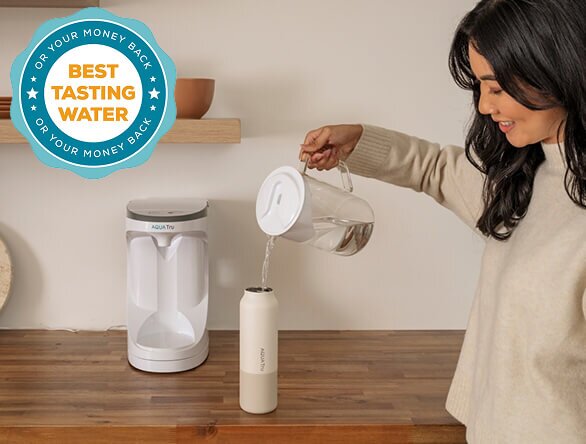
Looking for Rush Shipping? Order From Our Amazon Store!
Give the Gift of Pure Water
Premium purification, best-tasting water, perfect gift!

4-Stage Reverse Osmosis Technology

Removes 84 Dangerous Contaminants

Independently Tested to NSF Standards
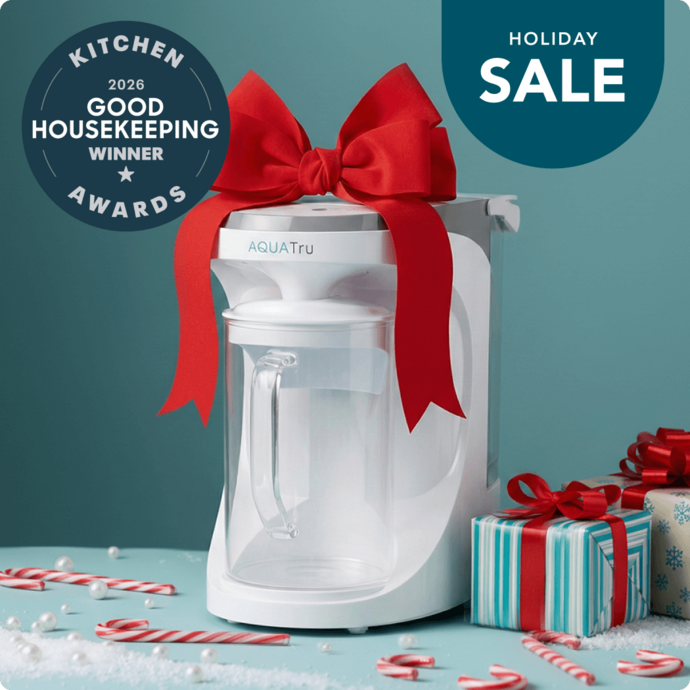
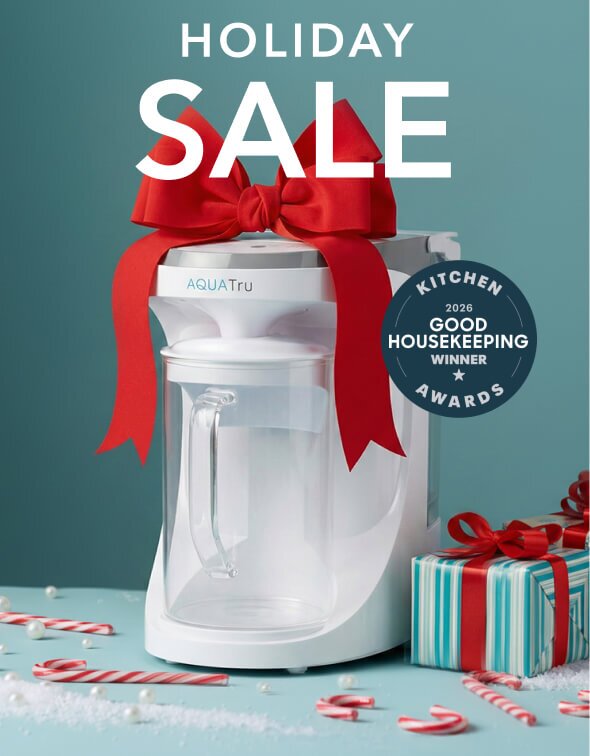
Featured in
AquaTru water purifiers use patented 4-Stage Reverse Osmosis purification that transforms your tap water into pure, delicious, clean water you can trust.
Certified to remove 84 contaminants, including:
Goodbye, Contaminants
HELLO, CLEAN WATER
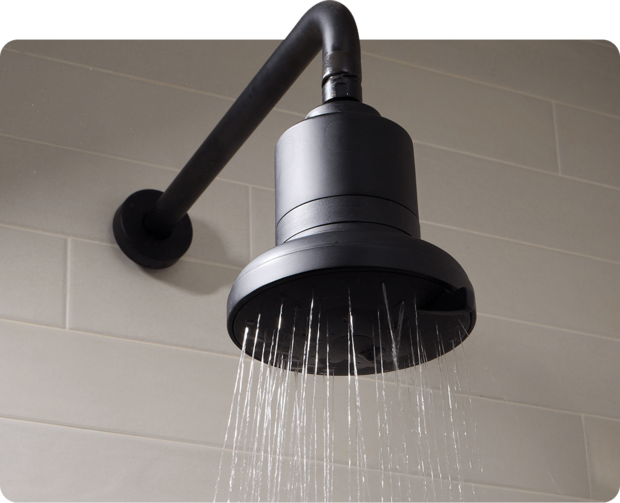
Introducing
AquaTru Shower
Effectively filters chlorine, chloramine, & other contaminants for clean shower water your hair & skin will love
Learn More
If it’s not the best water you’ve ever tasted, get a full refund within 30 days.*

30-Day Money Back Guarantee

Independently Tested to NSF Standards

1-Year Manufacturer’s Warranty
Cleaner, Safer, Healthier Water
98% of customers surveyed agree their drinking water is cleaner, safer, & healthier.
Water You Can Trust
Over 98% of customers say AquaTru gives them water they can trust.
Best-Tasting Water
Over 96% of customers say AquaTru is the best water they've ever tasted.
Based on an email survey of 472 AquaTru customer respondents.
Find out if your water is safe and what you can do to protect your family.
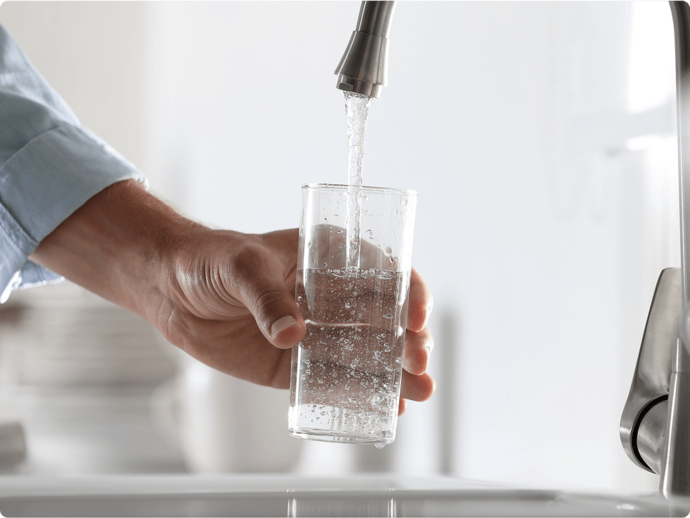
Discover the contaminants hiding in our tap water and the long-term impacts they can have on your health.
Learn More
How Toxic is Your Tap Water?
We’ve partnered with the Environmental Working Group (EWG) to analyze data from 48,000+ municipal water supplies nationwide. Get your free Tap Water Quality Report today—powered by EWG’s Tap Water Database.
Get Your Free Water Report
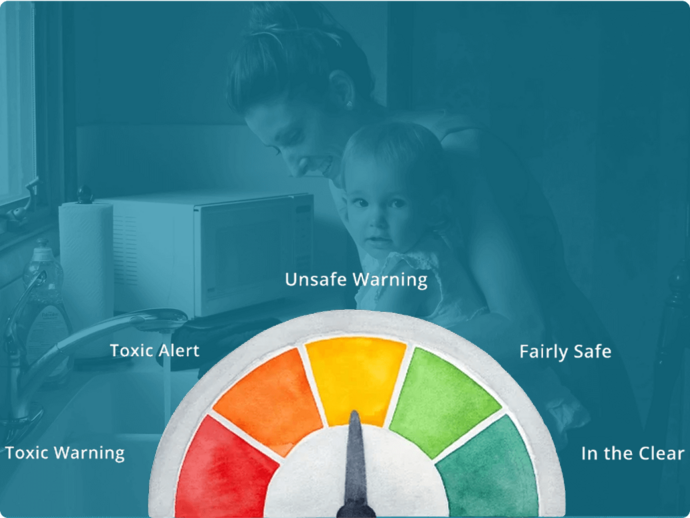


AquaTru’s patented technology is 80% more efficient than traditional reverse osmosis (R.O.) systems. It recirculates water and concentrates contaminants in the tap water tank—resulting in more water filtered and less waste.
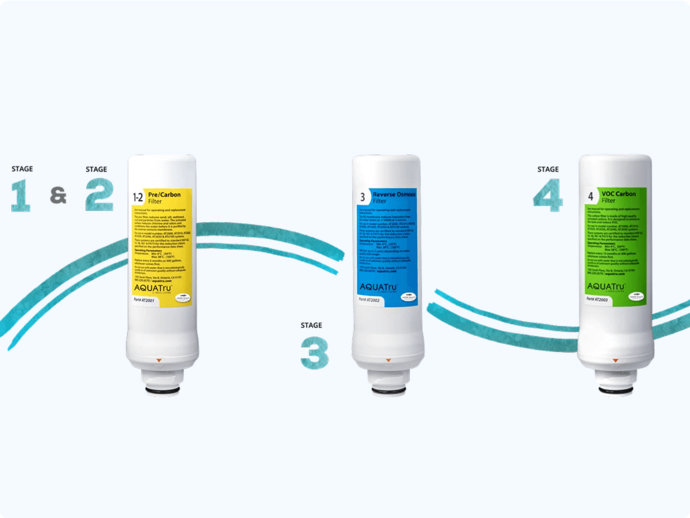
A mechanical Pre-Filter captures larger particles like sediment and rust, while a Carbon Filter removes chlorine and chloramines for cleaner, better-tasting water.
An ultra-fine R.O. filter eliminates harmful inorganic chemicals, including lead, microplastics, chromium-6, arsenic, nitrates, and heavy metals.
A coconut shell carbon block filter reduces volatile organic compounds (VOCs), including rocket fuel, prescription drug residue, and “forever chemicals” (PFOS & PFOA)—leaving you with pure, great-tasting water.
Pure water, powerful change—filtration that protects your health and the planet.
Our water purifiers go through rigorous, third-party testing to ensure they meet national filtration standards for their entire lifespan. Backed by science, proven by results—experience the best in water filtration.
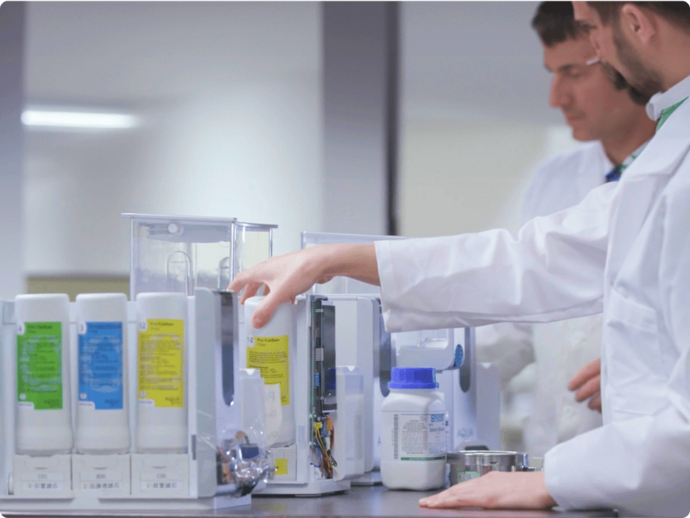
Scientifically tested. Proven to protect, built to last.
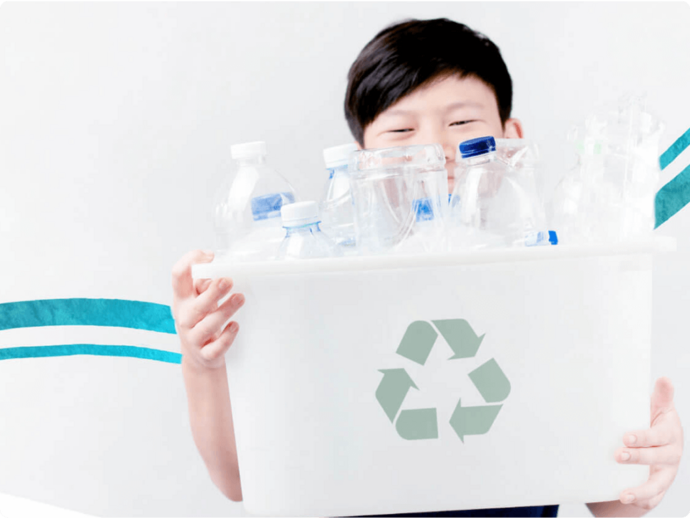
One purifier. Thousands of bottles saved. A future protected.
AquaTru customers have prevented over
In just 6 months, our Classic Countertop Purifier saves 4,500 plastic bottles - a small switch with a big impact.
With every AquaTru purchase, we help bring clean water to communities in need across the U.S. So far, we’ve donated $40,000 in purifiers to Flint, Michigan and $50,000 to DigDeep’s Navajo Water Project, supporting families without running water.

Thanks to your support, Navajo families like hers now have safe, running water.

Trusted by over 300,000 AquaTru Customers
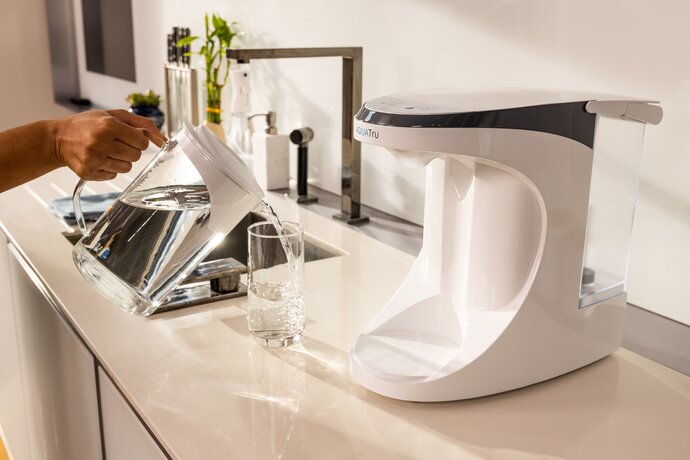
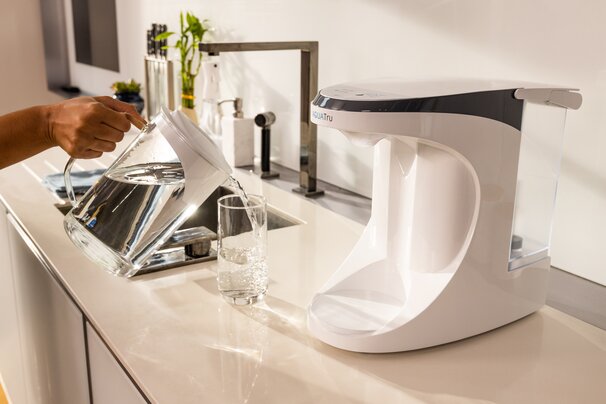

“I love this so much. The water tastes amazing. After buying my first one, I bought another for my son and his family. Everyone raves about the quality and clean water."

*AquaTru 30-Day Money-Back Guarantee
Try AquaTru risk-free for 30 days. If you’re not satisfied, contact us for a refund (minus shipping & handling)—no questions asked. For returns, call 800-220-6570 or email cs@aquatruwater.com.